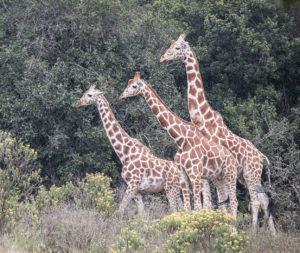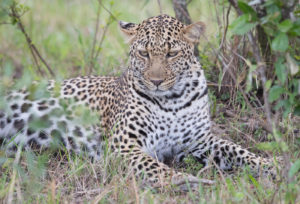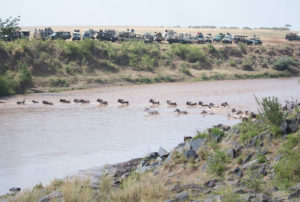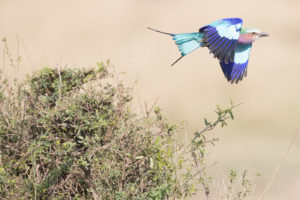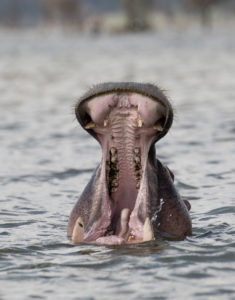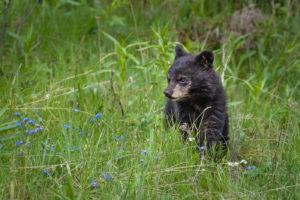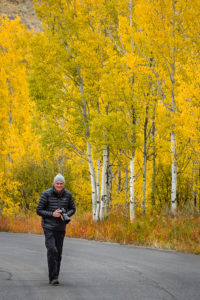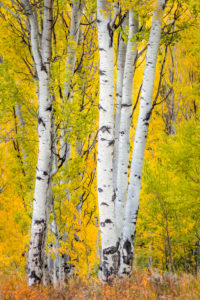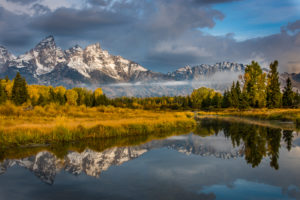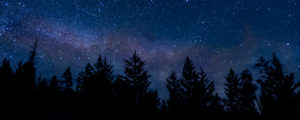Bill’s Presentation is called Africa
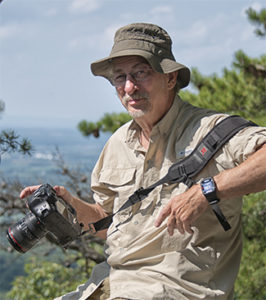
Bill Millhouser became interested in photography in the early 1970s, starting with a used Yashica SLR and then a series of various Canon film SLRs. Bill enjoyed travel and nature photographs, but the outputs were limited to color prints in scrapbooks and boxes of Kodak Carousel slide trays. Having flamed out, so to speak, in chemistry, he never set foot in a darkroom.
Things changed radically when digital cameras became available to amateurs. In 2001, Bill dove in and bought the Canon D30, which had a rather modest 3.25 megapixel sensor (!) and a blazing 3 FPS frame rate. Using Lightroom, Bill began to understand more about proper exposure and the how to “develop” digital images.
Soon after retiring in 2010, Bill attended his first photographic workshop in Costa Rica, which exposed him to the wonderful variety and color of tropical birds and the proper use of big telephoto lenses (both on a tripod and hand held), the use of fill flash, and the complexities of multi-flash setups to capture the beauty of the region’s many hummingbird species. His keen interest in wildlife and bird photography has since lead him to visit sites throughout the Mid-Atlantic region, the West Coast, New Mexico, Florida, Belize, Africa, and back to Costa Rica on multiple occasions.
Bill’s photographic journey really took off when a new friend, Marilyn Gaizband, suggested that he join NVPS in November 2012. Joining the Club has led to ever increasing interest and development in the art and craft of photography. Within the last few years this included moving beyond just digital competitions and learning to print and mat prints for competition, both for club competitions and Nature Visions.
Bill is currently shooting with several Canon digital SLRs and numerous lenses, from wide angle to super telephoto, and a bevy of flash gear, as well as a small Olympus OMD EM 1 MK II kit with several lenses that is easy to schlep around all day long, while providing excellent image quality.
Here are some examples of Bill’s photos from his “African Safari” presentation.
Stan Bysshe
Although Stan has been taking pictures since the early seventies, it wasn’t until the take off of digital photography that he became passionate about the image making process. The learning curve has been somewhat slow and painful but retirement has allowed for the time to work at improving camera skills. Like many NVPS members he dabbled, during the film days, in the darkroom. Today the digital darkroom has allowed for new ways to approach image processing. For Stan the ultimate endpoint for a photograph is the print. Yet there is still much to learn between seeing the image and reproducing it on paper. For the past three years Stan has helped with guiding photo tours in the Pacific Northwest, Yellowstone and Grand Teton N.P.s and on the East Coast. It has challenged him to learn several camera systems but has also allowed for the enjoyment of helping others get that special image.
Stan shoots with Nikon, processes with Lightroom and prints with Epson (presently a SureColor P800). While he learned the art of mat cutting from Willa and Bob, he has simplified the process for himself, by using precut mats (and recycling them for various shows). One present project includes learning at least something about Photoshop.
The prints shown are from trips taken, over the past three years, to Yellowstone and Grand Teton National Parks. Some were chosen to show a location at different times of the year while others because they represent part of the diversity that must be preserved in this amazing ecosystem.
Greater Yellowstone
The Greater Yellowstone Ecosystem is the largest section of public wild lands in the lower forty eight states. It encompasses 22.6 million acres and is made up of land governed by Federal, State and private jurisdictions. Controlling the natural resources over this vast area and maintaining a healthy bio-system remains a tremendous challenge for those who manage this diverse ecosystem. Yellowstone and Grand Teton National Parks make up but a small part of the GYE. They are however what most photographers have access to. Over the past three years I have been lucky enough to make nine trips to the parks, but the next best image always seems to be just around the bend.

